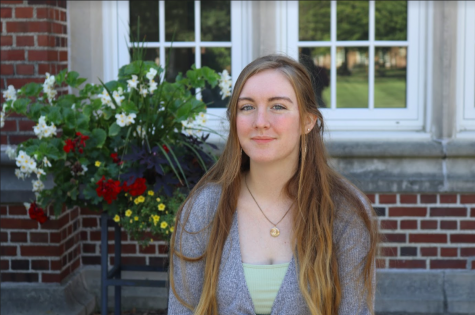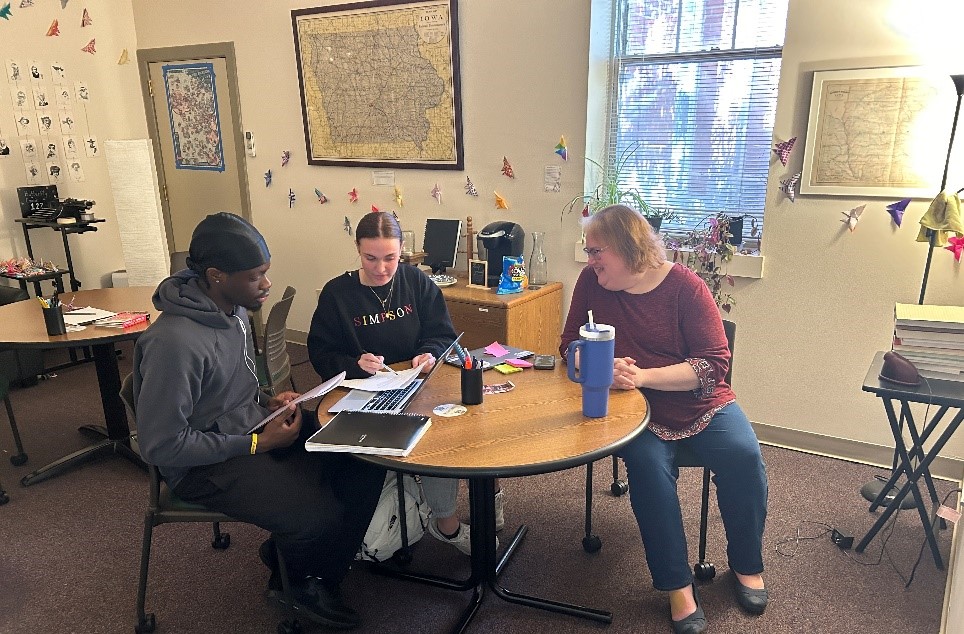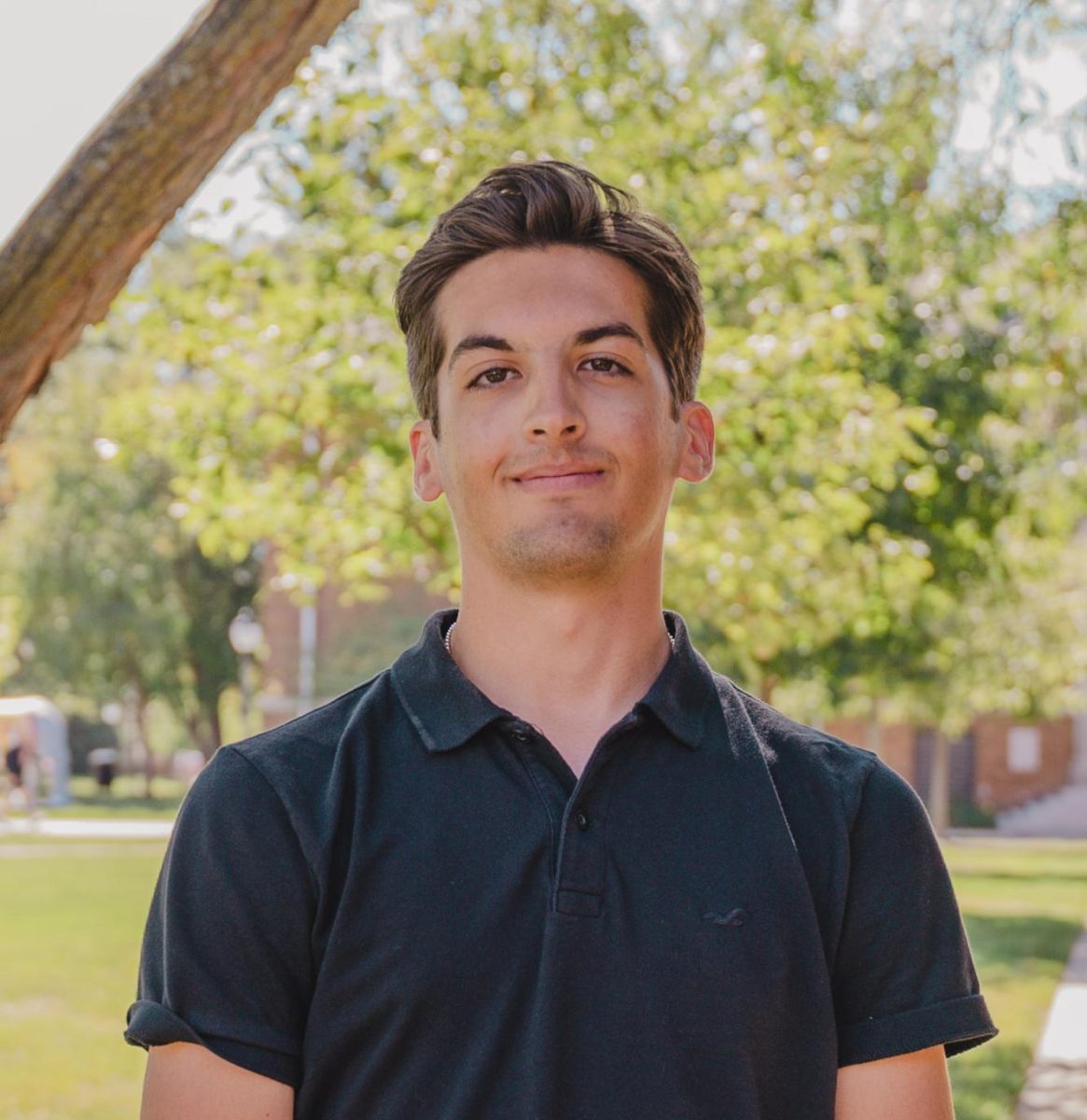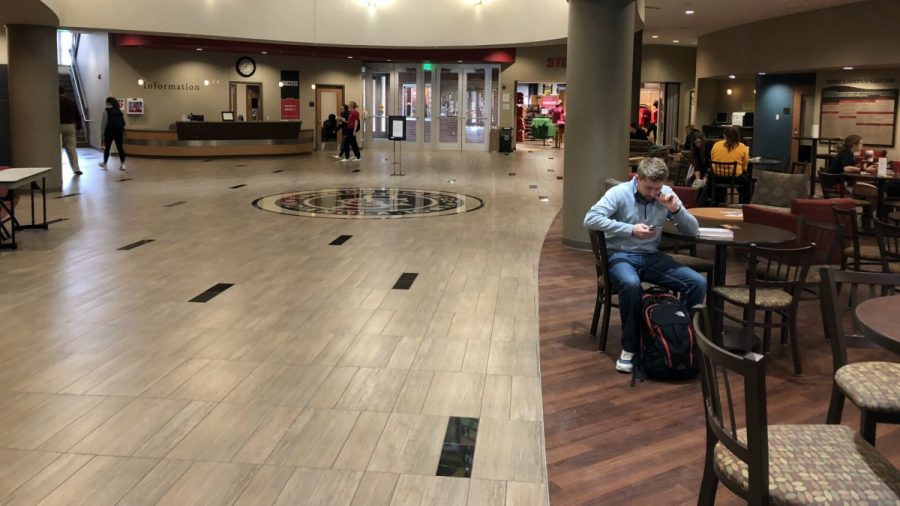Simpson eases mask policy and random testing number
November 3, 2021
Despite not yet reaching the college’s goal of an 80% vaccination rate amongst students, the COVID Management Team (CMT) has begun to loosen some of the existing mask usage policies on campus.
According to an email sent out to the campus community on Oct. 29, as of Monday, Nov. 1 masks will no longer be required in common spaces where social distancing is possible, such as Kent Campus Center, Dunn Library and other buildings. The campus remains in the yellow phase. Even within large spaces such as the Kent Campus Center, masks do not need to be worn while waiting in line.
Masks are still required to be worn at all times when in classrooms, lectures or large events.
CMT chair Heidi Levine said the changes in policy had nothing to do with the mask petition that has garnered over 600 signatures. Levine stated that this policy change has been in the making for several weeks now, well before the petition was created.
“It was based on looking at a couple of different sets of data,” Levine said. “Some of those data really supported places where protocols changed and other pieces of data support where they didn’t. It’s really a mixed bag where we ease protocol on some of the mask restrictions, and also with the decision to decrease the random testing pool. Both of those were based primarily on looking at on-campus data. So we’ve been really consistent even coming out of fall break, that our positivity rate has stayed low.”
The petition did prove to CMT just how divided the campus community is when it comes to things like mask usage, and it’s not just students who are divided on the subject.
“What we’re trying to do is really balance [the question of], ‘What are we seeing happening here, and what are we seeing happening around us?’ Even though we’ve talked about our bubble, really, we’re not in a bubble. And so we’re needing to figure out an answer to how do we hold both of these things at the same time,” Levine said.
CMT decided not to change the policies in classrooms due to students not having a choice who they surround themselves with while in class, as well as the fact that classes are small areas of close contact for extended periods of time.
Additionally, random testing among unvaccinated students, faculty and staff has decreased from 35% to 20%. Levine said that the decision to decrease the number of students tested was also due to the low levels of COVID-19 on campus.
“There were consistently low levels and felt like those data support the idea that we don’t need to be testing 35%,” Levine said. “We can drop that down, knowing that if we start to see trends that we think are okay, we need to be monitoring that more closely. We can move it again. Right now. The data really supported moving in that direction.”
Senior Dalaney Reese, the team community advisor (CA) team lead for the sophomore area, said that she felt these changes would be harder for CAs to enforce.
“There’s a big gray area between places that aren’t classrooms but where you supposedly can social distance but also you can’t,” Reese said. “Like the different buildings that have foyers and have classrooms and that’s like their main purposes, like Mary Berry or Carver, and when it’s peak class time, like in the morning. Then you can’t really social distance, and they weren’t really specific on when and where you can not wear your mask.”
It is unclear how this new change affects room capacity rules, something that CAs regularly have to enforce. The old policy said that rooms can have double the number of occupants inside at any given time, but no more than that. The new policy doesn’t propose a change to this, leaving students and CAs alike confused.
“Why was this [mask usage] the first thing we wanted to address?” Reese said. “I understand they have been pushing it with the 80% vaccination rate. And so there are a lot of students that we’re trying to hold them [the school] accountable, and that’s understandable. But statistically, we didn’t reach that.”
Reese said she felt that a change in room capacity would be much easier to manage than mask changes, and much more fair to students who live in single housing or a two-person room.
“In some ways, I wish they would have opened things up in a different way first…I also don’t think that it’s fair to someone who lives in a two-person room. They can only have two other people over,” Reese said. “So it’s hard because I wish that they had considered the room capacity thing because I think that would have affected more people and people would have liked that more. And then that would be like two steps forward instead of, like, 10 steps forward.”







